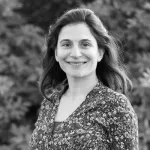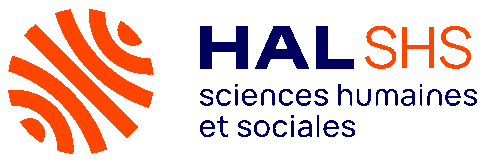Framework for urban sound assessment at the city scale based on citizen action, with the smartphone application NoiseCapture as a lever for participation

Arnaud Can, Philippe Audubert, Pierre Aumond, Elise Geisler, Claire Guiu, et al.. Framework for urban sound assessment at the city scale based on citizen action, with the smartphone application NoiseCapture as a lever for participation. Noise Mapping, 2023, 10 (1), ⟨10.1515/noise-2022-0166⟩. ⟨hal-04494192⟩
The development of citizen-based approaches to the diagnosis and decision-making on urban noise environments responds to a demand from both local authorities and residents. However, the methods for fostering the involvement of citizens and the valorization of local knowledge have yet to be invented. This article reports on a co-constructed experiment between researchers and local authorities, in the city of Rezé (France), of an urban noise diagnosis based on the residents and the use of the smartphone application NoiseCapture, which allows a participative measurement of sound levels. The framework also includes focus group discussions. The dynamics of the recruitment and data collection phase are analysed, showing the importance of creating public events around the initiative. Maps of noise levels, but also of the presence of sound sources, such as road, rail and air traffic, or animals, are produced in a collaborative way. Finally, the focus group discussions highlight that (i) repeated noise measurement modifies participants’ relationship to sound environments; (ii) NoiseCapture enhances the formation of a group of residents active on noise issues. Such a framework can provide a citizen-based basis for decisions on noise environments; the next step will be to study its adaptability to different territories.











